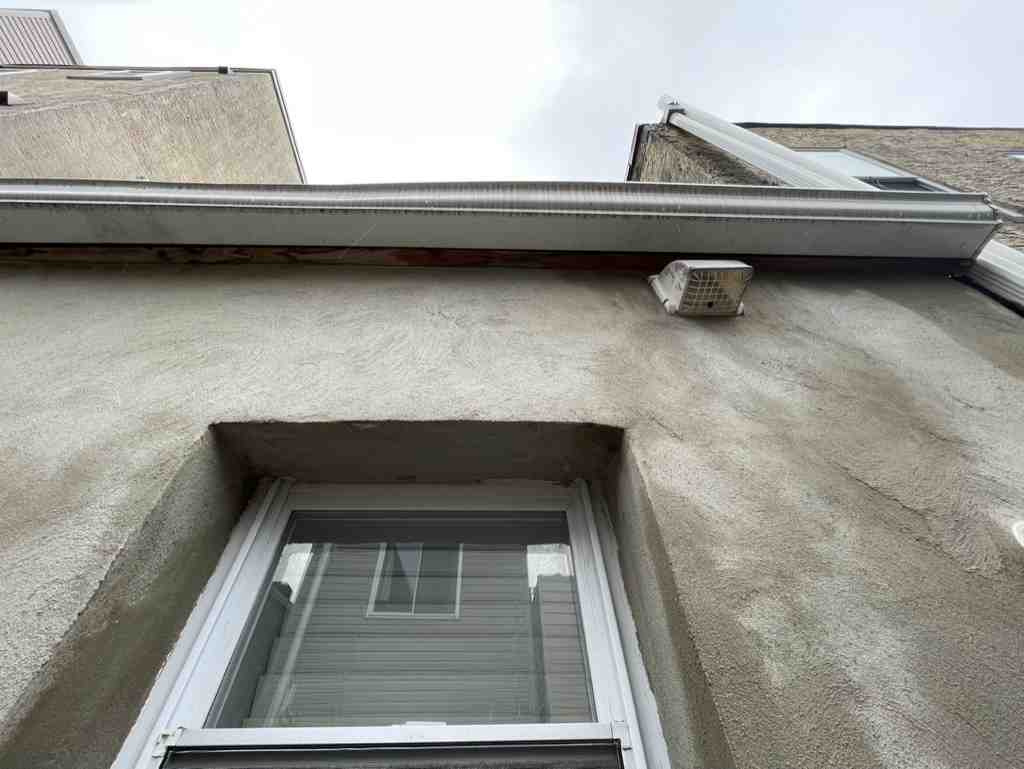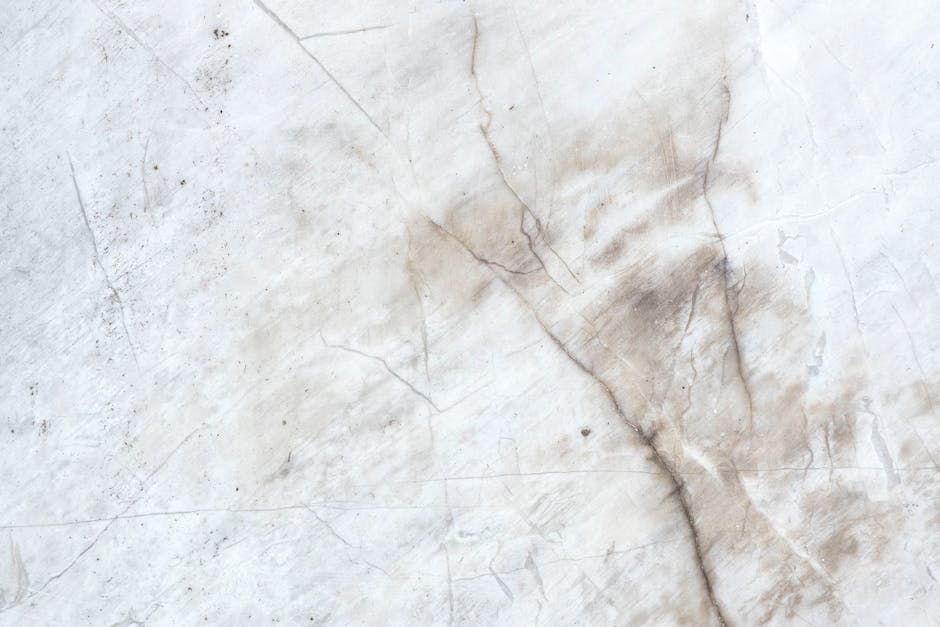Stucco house issues can be a homeowner’s nightmare if not addressed promptly. These issues typically involve a range of problems, the most notorious being moisture intrusion, which can lead to severe structural damage over time. Here’s a quick breakdown of what you should be aware of:
- Staining and discoloration: Often caused by water retention, leading to unsightly marks.
- Cracking: From land shifting, poor installation, or foundation settlement.
- Moisture intrusion: Leads to severe issues like mold, rotting wood, and compromised structural integrity.
Understanding these common stucco house issues can help you safeguard your investment and maintain your home’s appeal.
My name is Gabe Kesslick, and I’ve been in the business of detecting and repairing stucco issues since 2001. As a certified stucco inspector, I’ve seen how disruptive neglect can become. Let’s dig deeper into how you can protect your home from these problems.
Common Stucco House Issues
Stucco is a popular choice for home exteriors, but it’s not without its challenges. Staining and discoloration, stucco cracking, and moisture intrusion are the top culprits that can affect the longevity and appearance of your home.
Staining and Discoloration
Staining and discoloration can be a major eyesore. These problems often occur when water is trapped in the stucco, leading to unsightly white streaks or dark blotches. Poorly installed flashing around windows and doors is a common cause. Without proper flashing, water can seep in, causing stains that are not just cosmetic but indicative of potential underlying issues like mold and wood rot.
Quick Tip: Regularly inspect areas around windows and doors for signs of water damage. Addressing these early can prevent more extensive damage later on.
Stucco Cracking
Cracks in stucco can arise from various sources, such as land shifting, foundation settlement, or even poor installation. While small cracks might seem harmless, they can allow water to penetrate, leading to much larger problems. Over time, these cracks can expand and worsen, compromising the structural integrity of your home.
Remember: Not all cracks are equal. Hairline cracks are common and often harmless, but deeper cracks require immediate attention to prevent further damage.
Moisture Intrusion
Moisture intrusion is perhaps the most severe issue stucco homeowners face. When water gets behind the stucco, it can lead to black mold, rotting wood, and even structural failure. Signs of moisture problems include damp patches that don’t dry, mold growth, and a musty odor inside your home.
Warning: If you notice persistent dampness or mold, it’s crucial to get a professional inspection. Ignoring these signs can lead to costly repairs down the line.
Understanding these stucco house issues is vital for maintaining your home. By keeping an eye out for these problems and addressing them promptly, you can protect your investment and ensure your home remains safe and beautiful.
Next, we’ll explore how to identify and address stucco cracks effectively.
Identifying and Addressing Stucco Cracks
Stucco cracks are more than just an aesthetic issue—they can signal deeper problems with your home. Understanding the causes can help in addressing these stucco house issues effectively.
Foundation Settlement
One of the primary reasons for stucco cracking is foundation settlement. As your home settles into the ground over time, the foundation can shift slightly. This movement can cause the stucco to crack, especially around windows and doors where stress is concentrated.
Quick Tip: Regularly check your home’s exterior for new cracks. If you notice widening cracks, it might be time to consult a professional for an assessment.
Land Shifting
Land shifting can also lead to stucco cracks. Natural events like earthquakes, heavy rains, or even nearby construction can cause the ground to move. This movement can transfer stress to your home’s structure, resulting in cracks.
Remember: While you can’t control land movement, you can monitor your home for signs of stress and address them promptly to prevent further damage.
Mediocre Installation
Improper installation is a common cause of stucco cracks. If the stucco wasn’t applied correctly or if the materials used were subpar, cracks can appear much sooner than expected. This can lead to water infiltration and further structural issues.
Warning: If your stucco is cracking soon after installation, it might be due to poor workmanship. In such cases, consult a professional to evaluate the quality of the installation and recommend appropriate repairs.
Addressing stucco cracks promptly can save you from more serious problems down the line. Whether it’s due to foundation settlement, land shifting, or mediocre installation, understanding the root cause is the first step in effective repair. Don’t ignore these signs—taking action now can protect your home from further damage.
Next, we’ll dive into moisture intrusion and its consequences on stucco homes.
Moisture Intrusion and Its Consequences
Moisture intrusion is one of the most serious stucco house issues. It can lead to severe problems if not addressed quickly. Let’s explore why it’s such a big deal and what you can do about it.
Water Damage
Water damage is a common consequence of moisture intrusion in stucco homes. When water seeps behind the stucco, it can cause the material to weaken and deteriorate. Over time, this can lead to structural damage that might be costly to repair.
Fact: Proper installation with an effective drainage system can significantly reduce the risk of water damage. Ensuring that water can escape from behind the stucco is crucial to maintaining its integrity.
Drainage System
A well-installed drainage system is essential for preventing moisture problems in stucco homes. Without it, water can accumulate and become trapped, leading to damage.
Tip: Check that your stucco has a proper drainage system, especially at the bottom of the walls. Look for signs of water pooling or leaks, and consider hiring a professional if you’re unsure about your current setup.
Black Mold
Black mold is another severe consequence of moisture intrusion. When water gets trapped behind stucco, it creates a damp environment perfect for mold growth. Mold not only damages the structure but also poses health risks to occupants.
Warning: If you notice a musty odor or see dark spots on your walls, it might be mold. Addressing it quickly can prevent further health and structural issues. Professional inspections can help identify hidden mold problems. Visit Stucco Safe for more information on how we can assist with mold issues in stucco homes.
Taking steps to prevent moisture intrusion can save you from a lot of headaches. Regular inspections and maintenance are key. If you suspect any issues, don’t hesitate to reach out to a professional for a thorough evaluation.
Preventing and Repairing Stucco Damage
Stucco damage can be a real headache, but with the right strategies, you can prevent and repair it effectively. Let’s explore some practical steps you can take to keep your stucco in tip-top shape.
Annual Inspections
Regular inspections are your first line of defense against stucco damage. By checking your stucco annually, you can catch small issues before they become big problems.
Tip: During inspections, look for cracks, discoloration, or signs of moisture intrusion. If you spot any of these warning signs, it’s time to take action. Hiring a professional for a thorough inspection can be a wise investment, with costs typically ranging from $495 to $1595 depending on the size of your home.
Proper Installation
Proper installation is crucial for preventing stucco house issues. A well-installed stucco system includes an effective drainage system that allows water to escape, preventing moisture from getting trapped behind the walls.
Fact: Many stucco problems stem from poor installation practices. Ensuring your stucco is installed by experienced professionals can save you from future headaches. Always verify the credentials and reputation of your installer to ensure quality work.
Remediation
When stucco issues become severe, remediation might be necessary. This process involves addressing the root causes of stucco failure and might include replacing sections of the stucco or even the entire exterior.
Consideration: While remediation can be more expensive than simple repairs, it offers a long-term solution by fixing underlying problems. This can prevent future damage and save money over time. In some cases, it might be worth considering alternative siding materials better suited to your local climate.
By staying proactive with inspections, ensuring proper installation, and considering remediation when needed, you can protect your stucco home from damage. Regular maintenance and timely repairs will keep your stucco looking great and performing well for years to come.
Next, let’s tackle some frequently asked questions about stucco house issues to clear up any lingering doubts.
Frequently Asked Questions about Stucco House Issues
What are the biggest problems with stucco?
Stucco homes can face a few major issues, with moisture infiltration being the most common. When moisture gets trapped behind the stucco, it can lead to water damage, mold growth, and even structural problems. This is often due to improper installation or insufficient drainage systems.
Another common issue is structural problems like cracking. Cracks can appear due to foundation settlement or land shifting. If left unchecked, these cracks can worsen and allow more moisture to seep in, exacerbating the damage.
Are stucco homes hard to maintain?
Maintaining a stucco home doesn’t have to be difficult. With simple cleaning and regular inspections, you can keep your stucco in good shape. Regularly cleaning the surface to remove dirt and debris helps prevent mold growth and keeps the stucco looking fresh.
Tip: Schedule inspections at least once a year to catch any potential issues early. Look for signs of cracking, discoloration, or moisture intrusion. These inspections can help you address small problems before they turn into costly repairs.
Is it a risk to buy a stucco house?
Buying a stucco house can be a great investment, but it’s important to be aware of potential risks. Humidity and mold growth are concerns, especially in areas with a lot of rain or high humidity levels. These conditions can exacerbate moisture infiltration issues.
Advice: Before purchasing a stucco home, have a professional inspection done to assess the condition of the stucco. This can help identify any existing problems and give you peace of mind. With proper maintenance and timely repairs, stucco homes can be durable and beautiful for many years.
Understanding these common stucco house issues and how to address them will help you make informed decisions, whether you’re maintaining your current home or considering a new purchase.
Conclusion
Stucco homes offer a unique charm and durability, but they come with their own set of challenges. At Stucco Safe, we understand these stucco house issues deeply and are committed to helping homeowners steer them effectively.
Our approach is grounded in forensic testing, which allows us to detect even the most hidden problems within your stucco system. This advanced method goes beyond surface-level inspections, providing a comprehensive understanding of your home’s condition. By identifying issues early, we help prevent costly repairs down the line.
What sets Stucco Safe apart is our team of certified inspectors. Our experts are trained to spot potential problems and provide actionable solutions. They bring years of experience and a keen eye for detail, ensuring that your stucco home remains safe and sound.
For homeowners in Southeastern Pennsylvania, New Jersey, and Delaware, we offer reliable and thorough stucco testing services. With inspection costs ranging from $495 to $1595, we provide value and peace of mind to our clients.
If you’re facing stucco house issues or want to ensure your home is in top condition, consider scheduling a stucco inspection with us. Our Stucco Remediation Guidelines page offers more insights into how we can help.
Maintaining the integrity of your stucco home is crucial. With Stucco Safe by your side, you can trust that your home is in capable hands.





